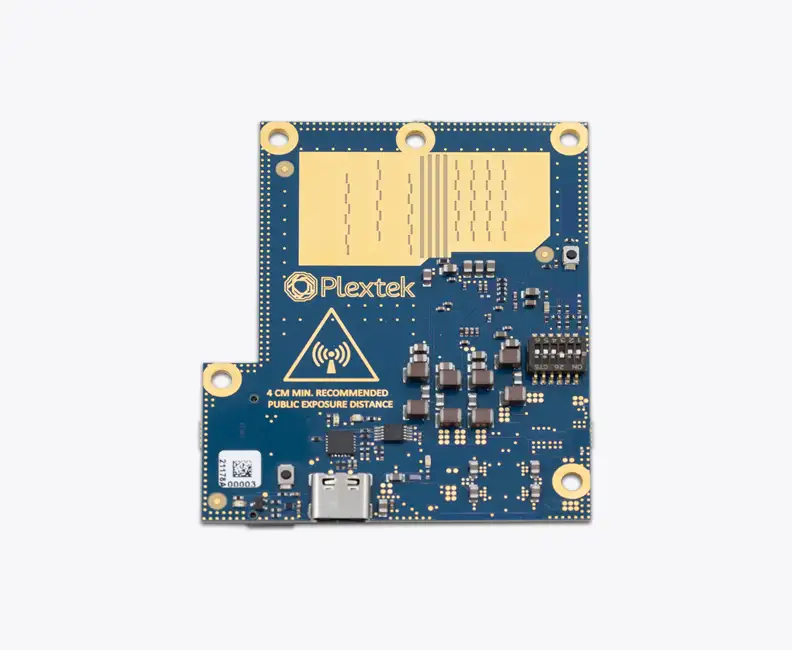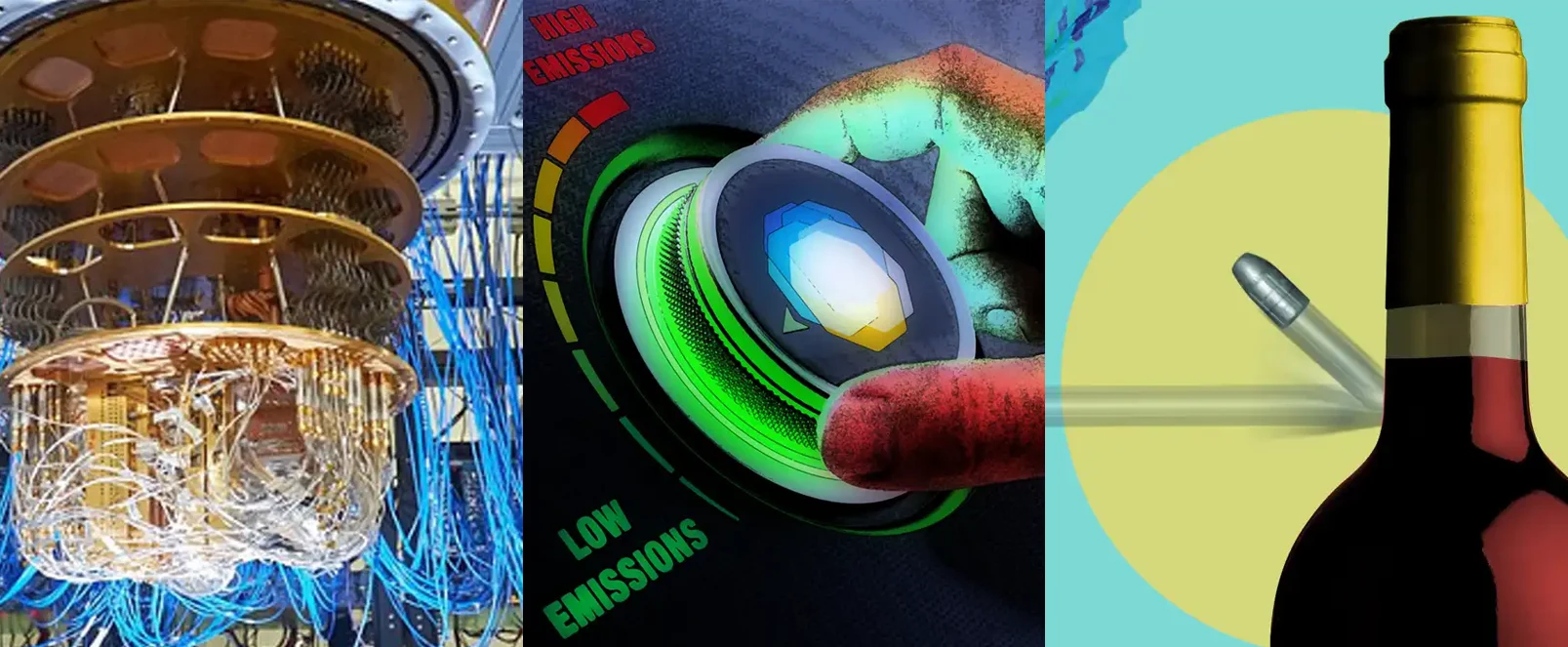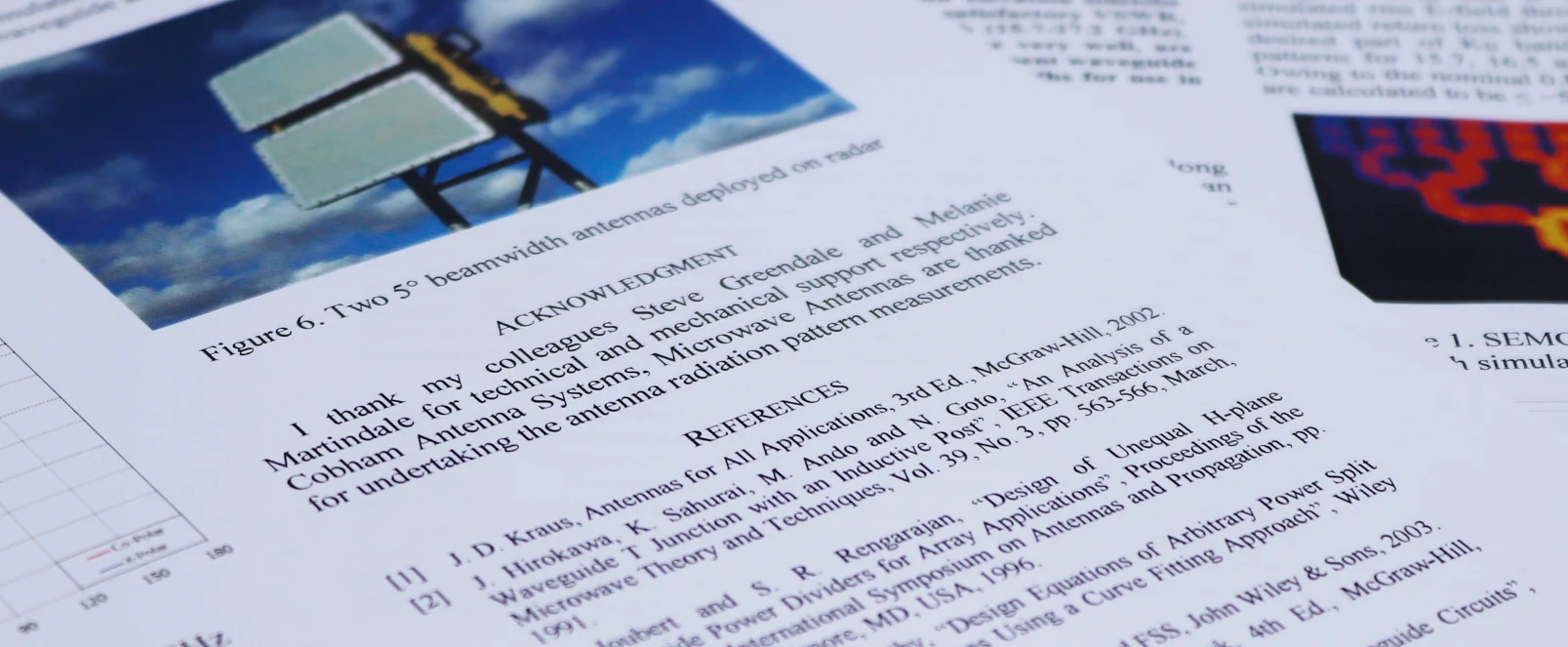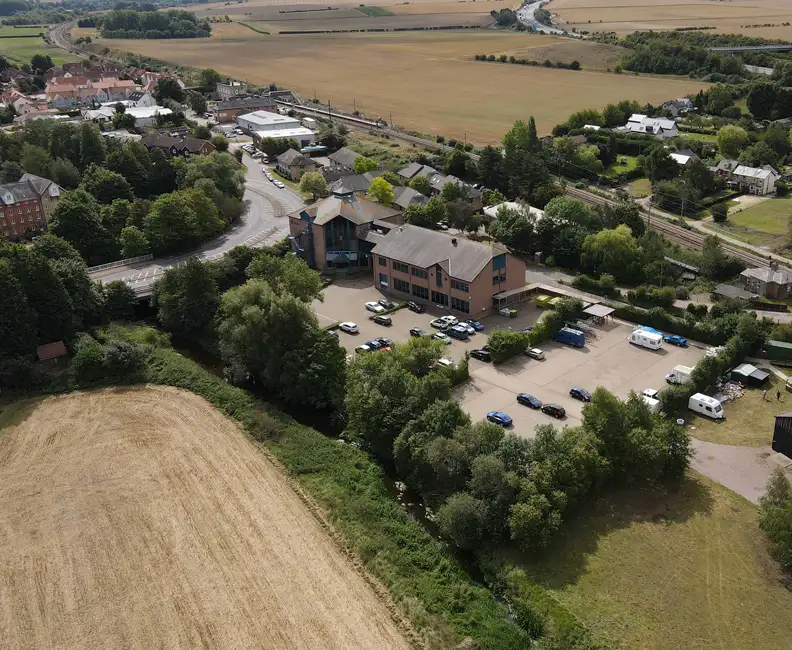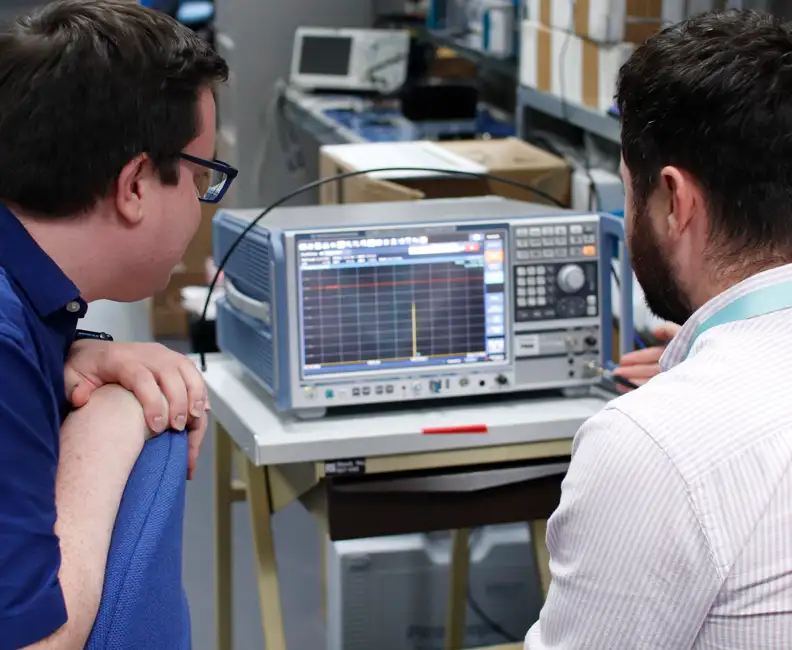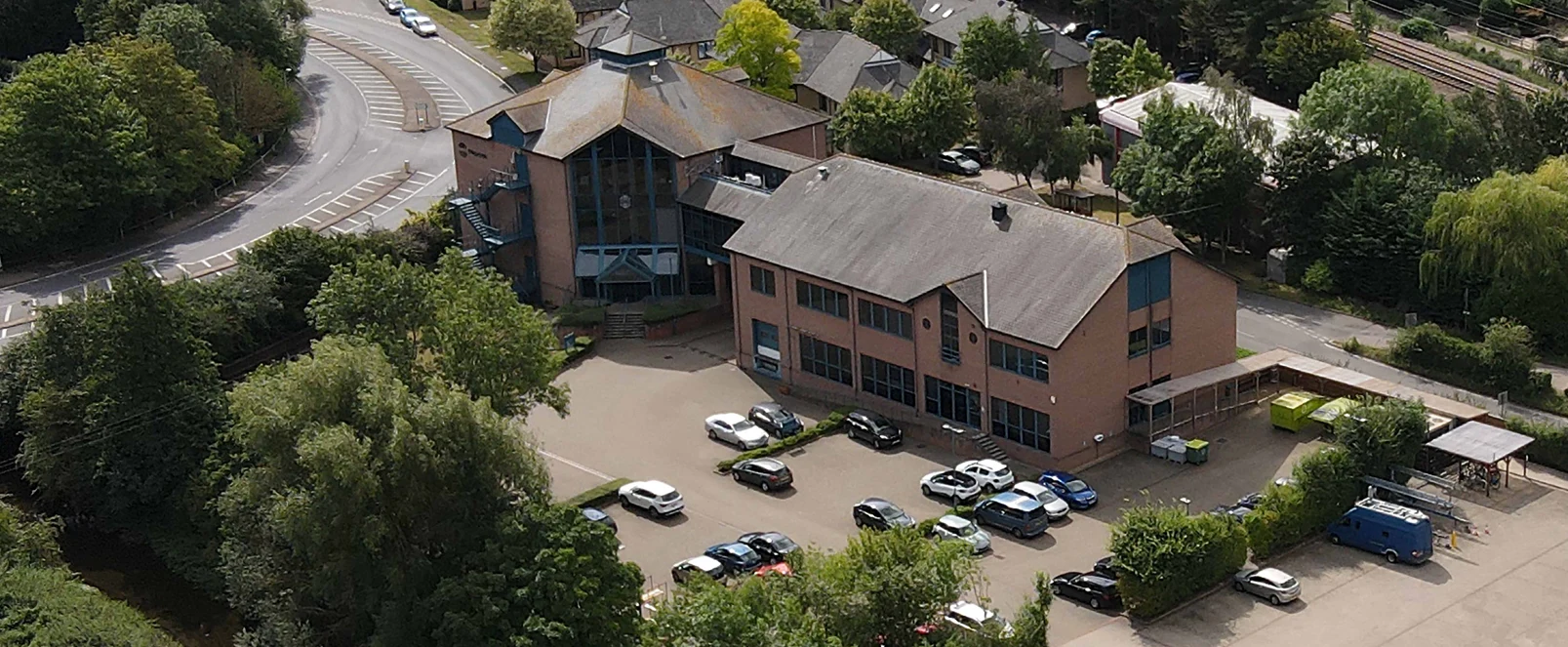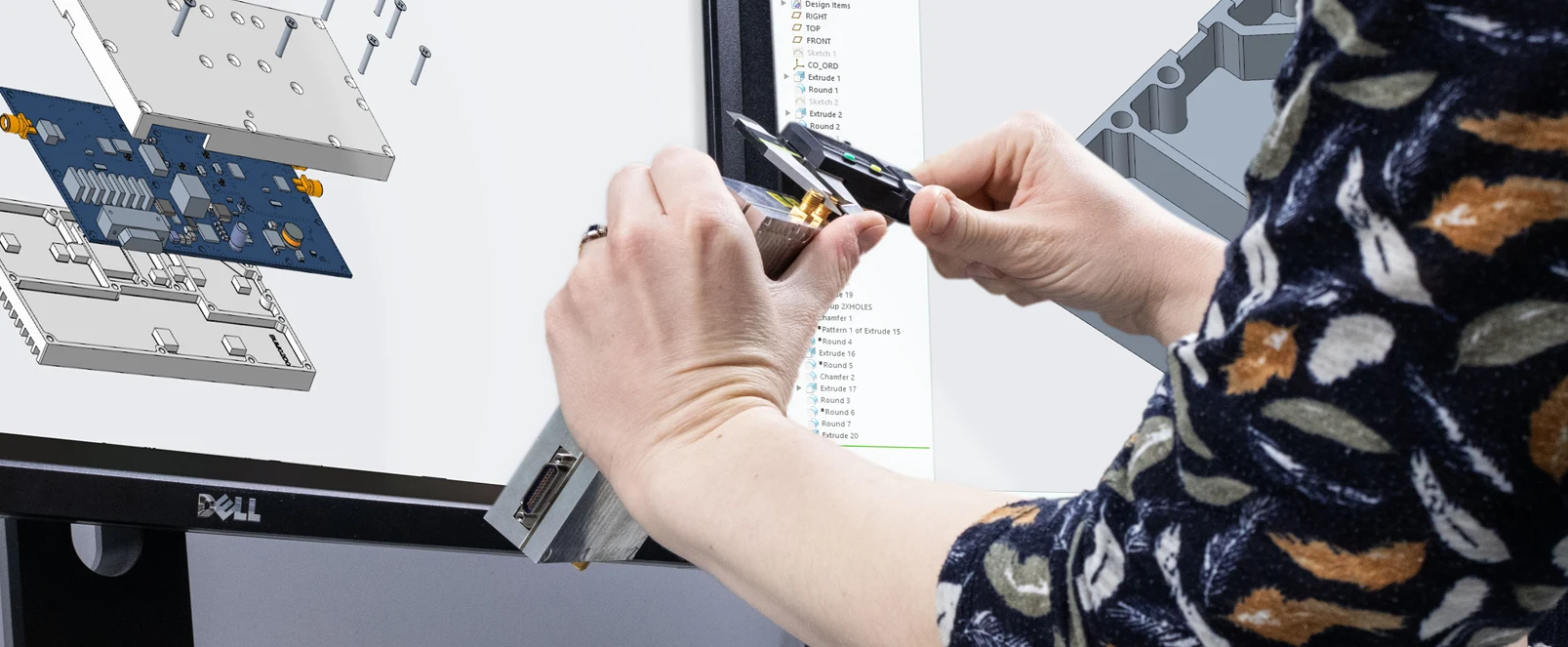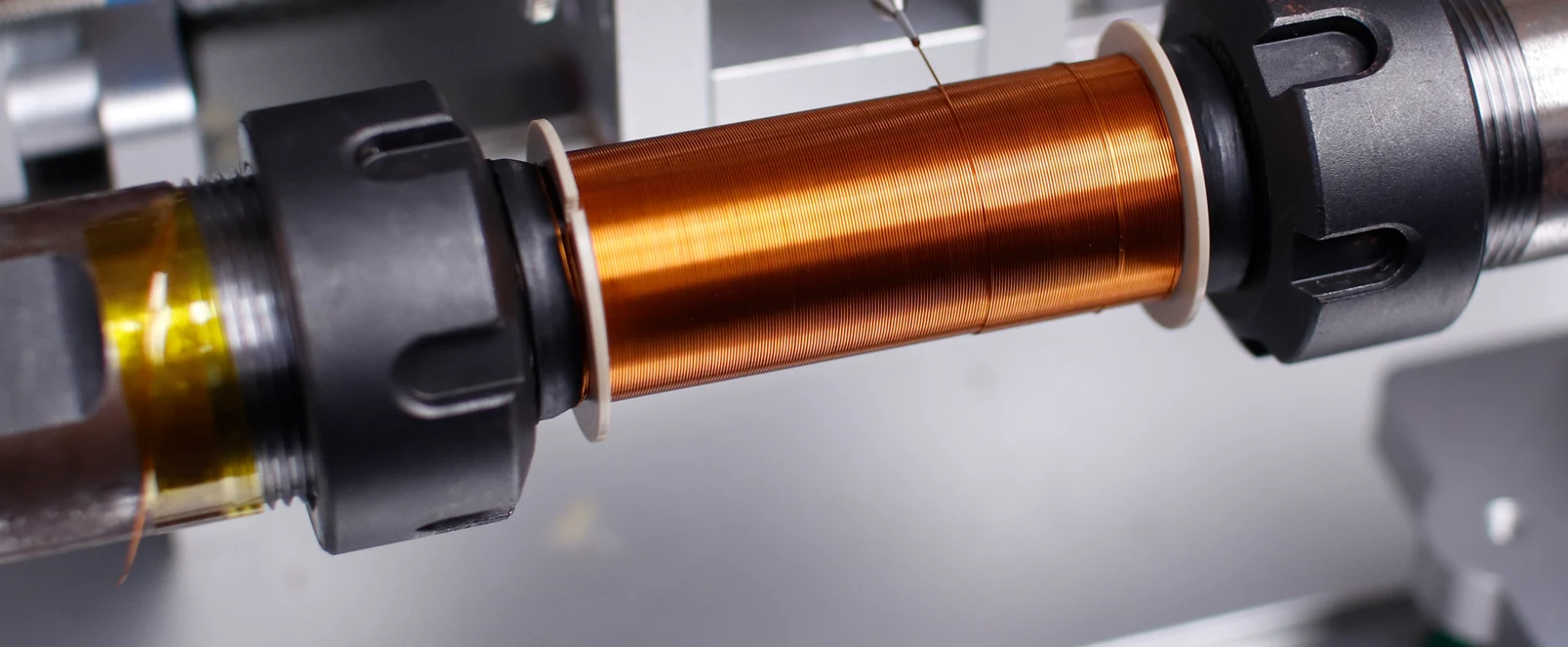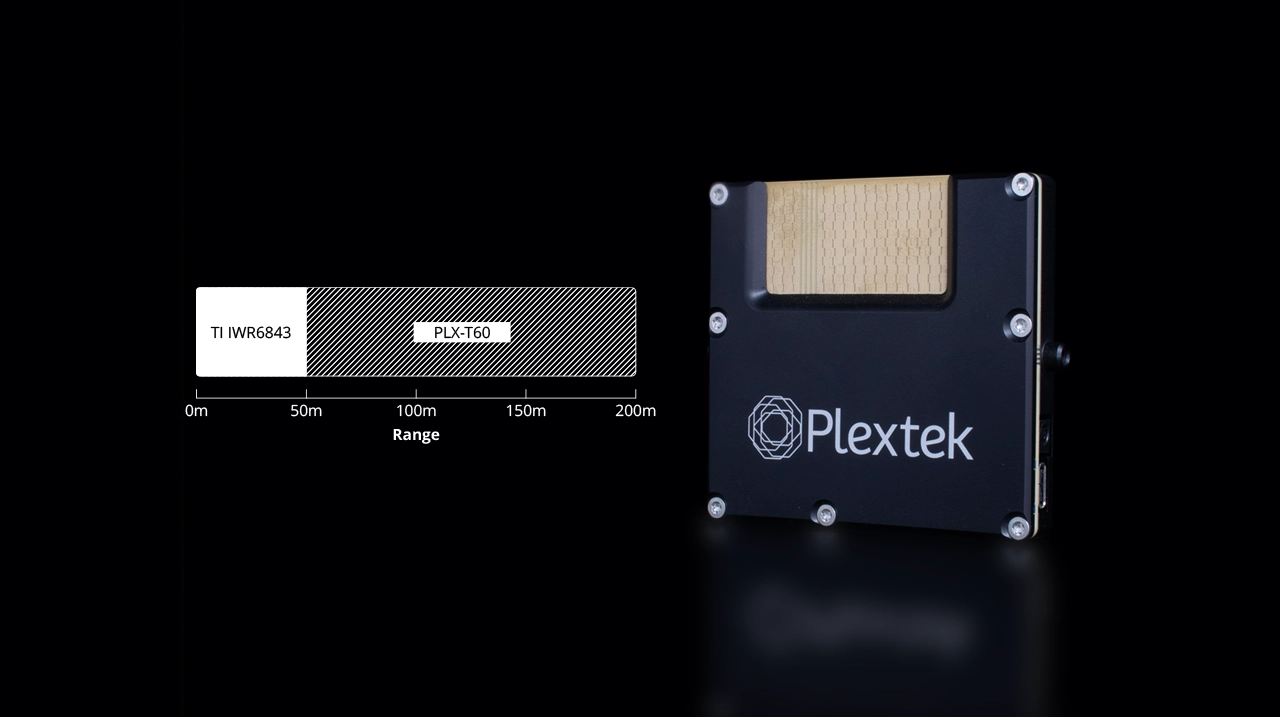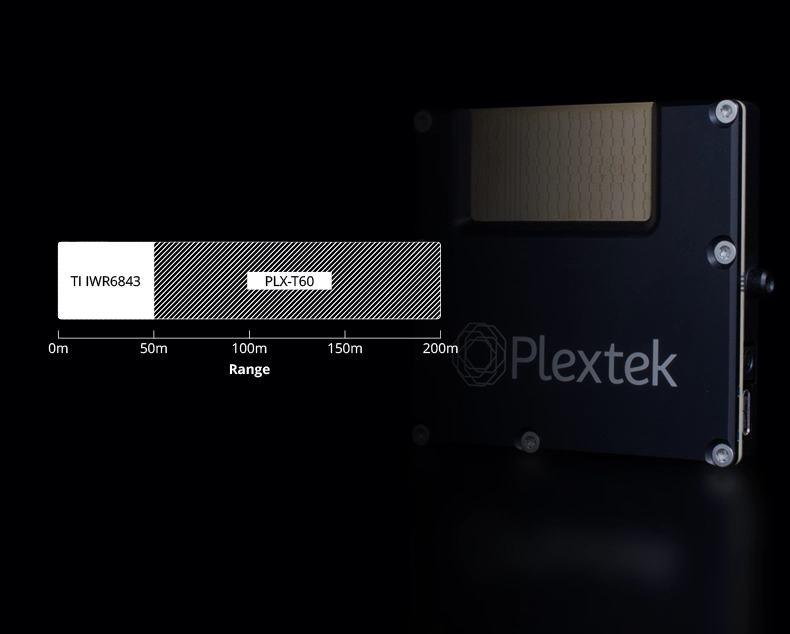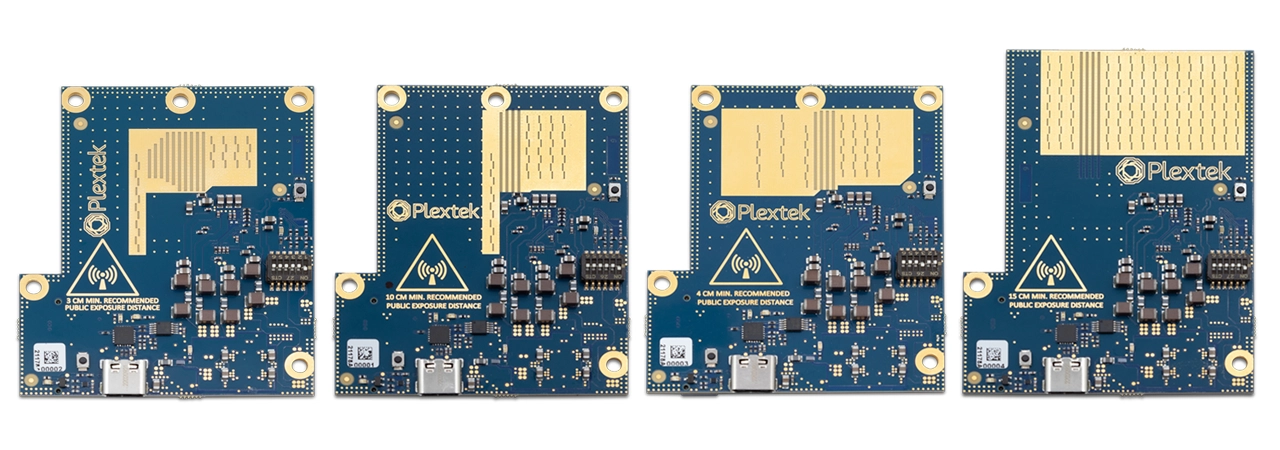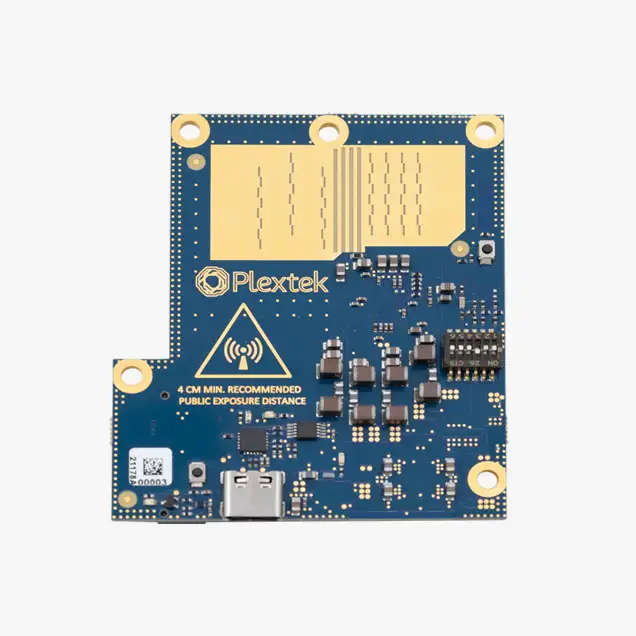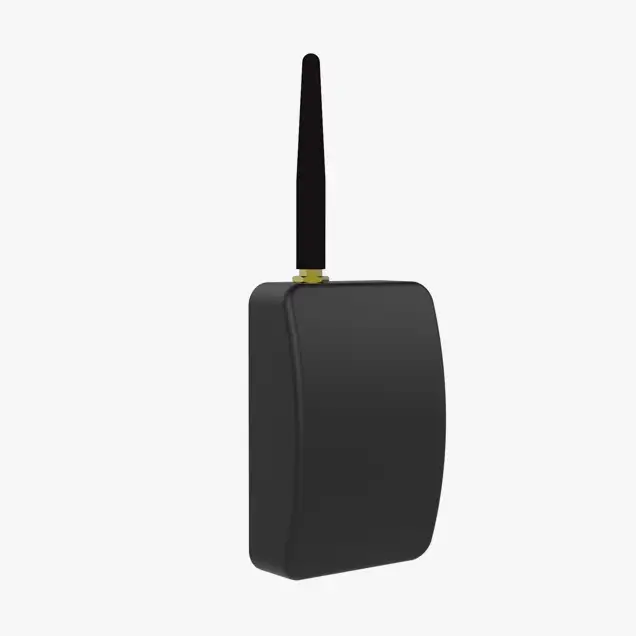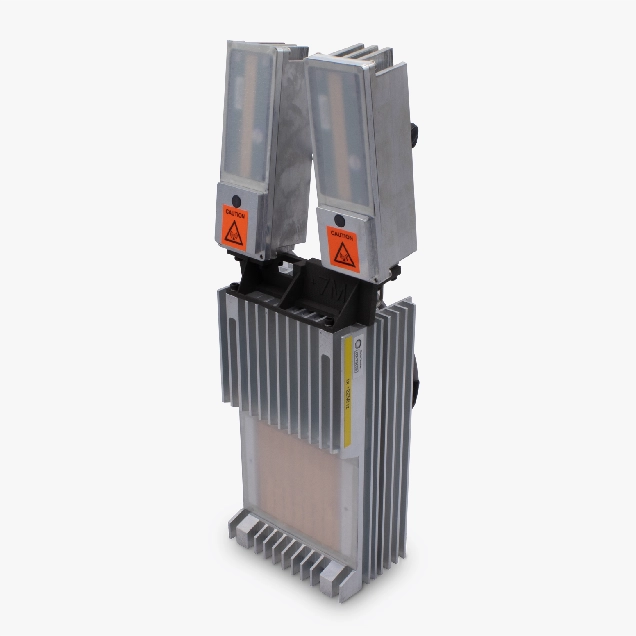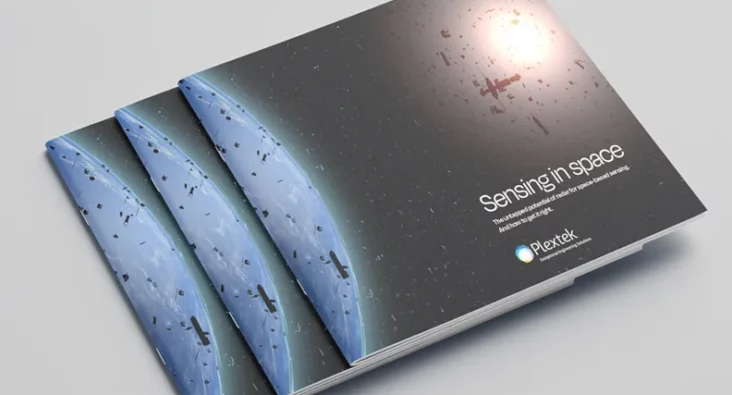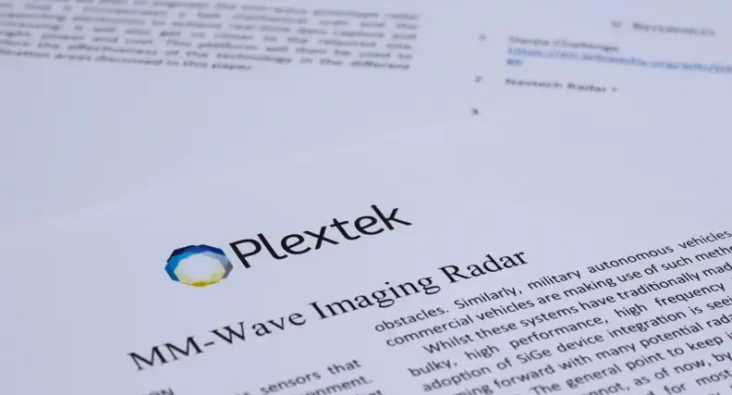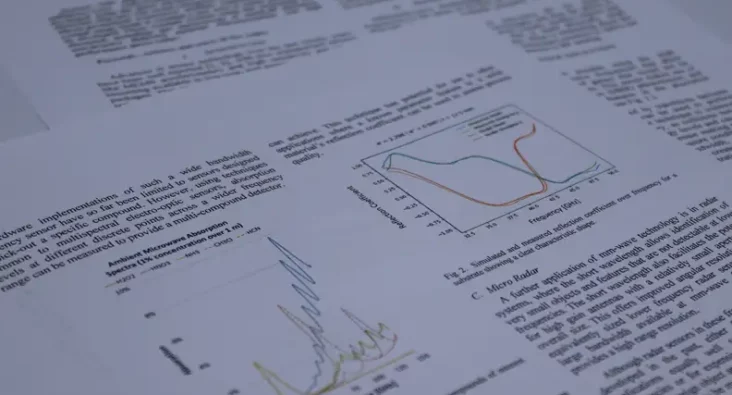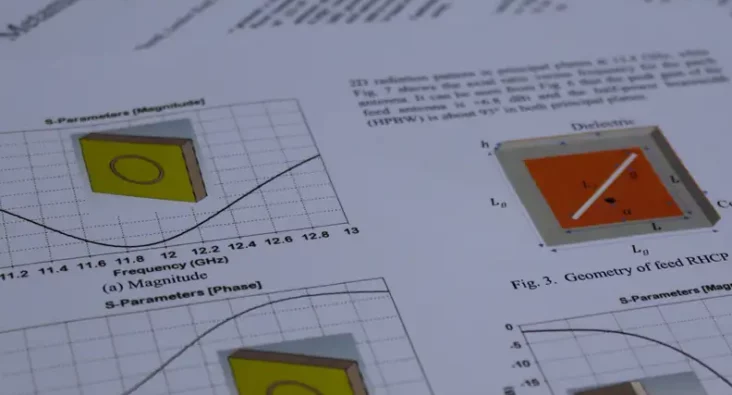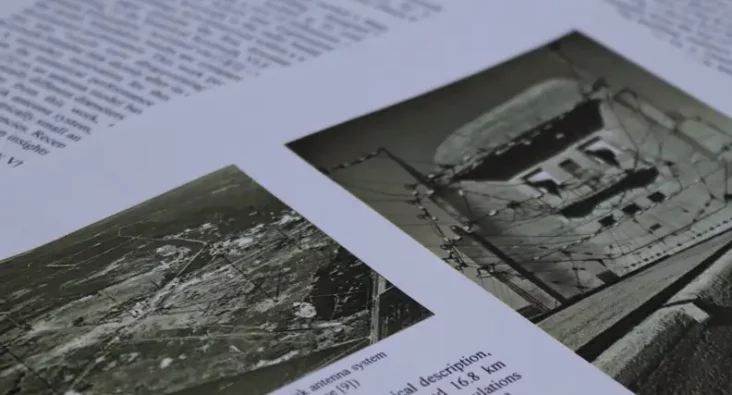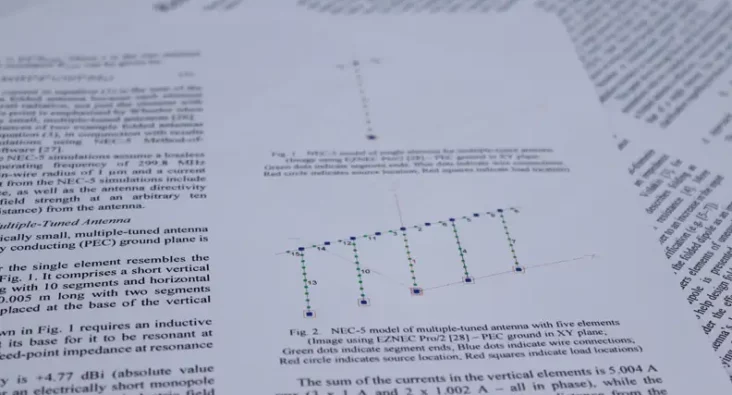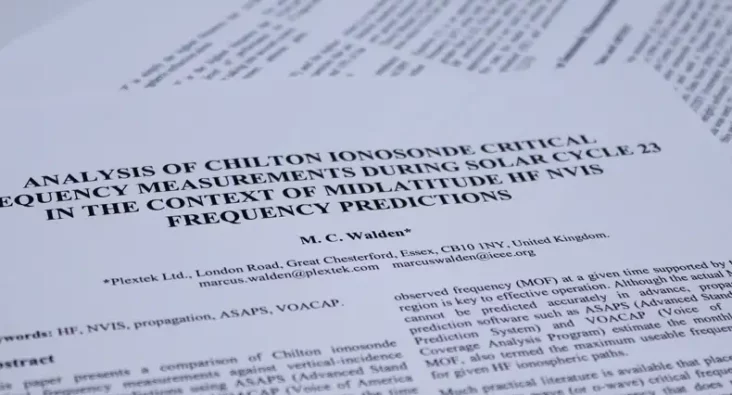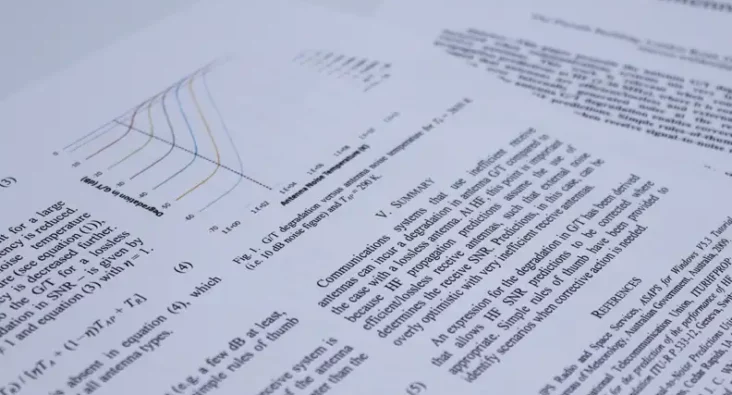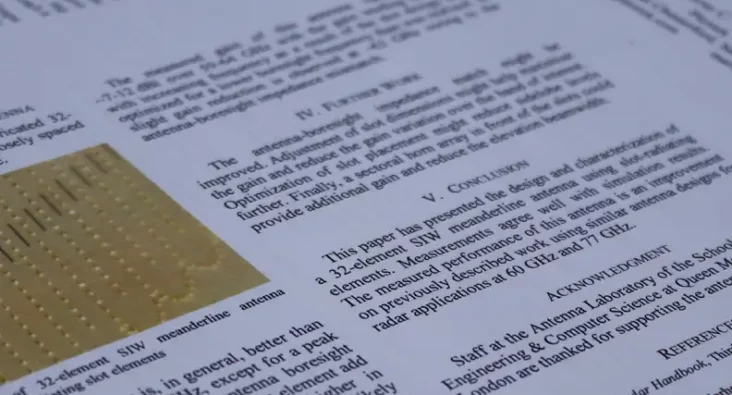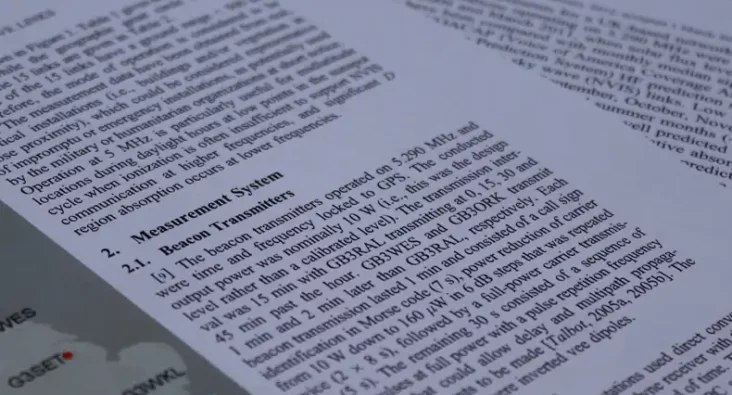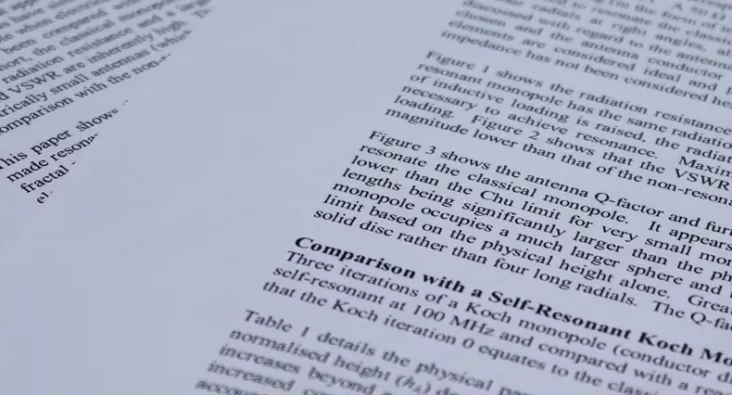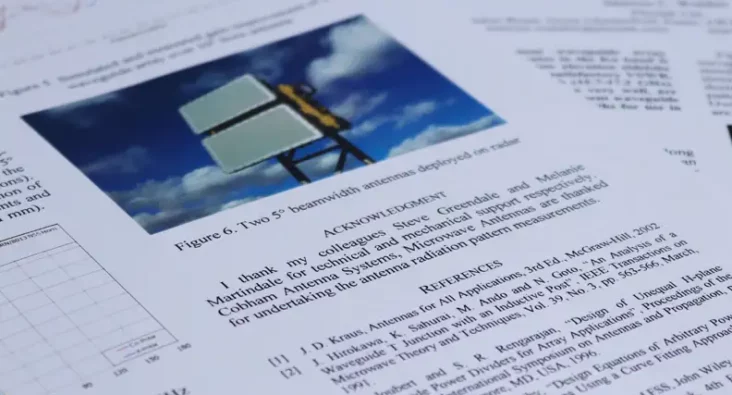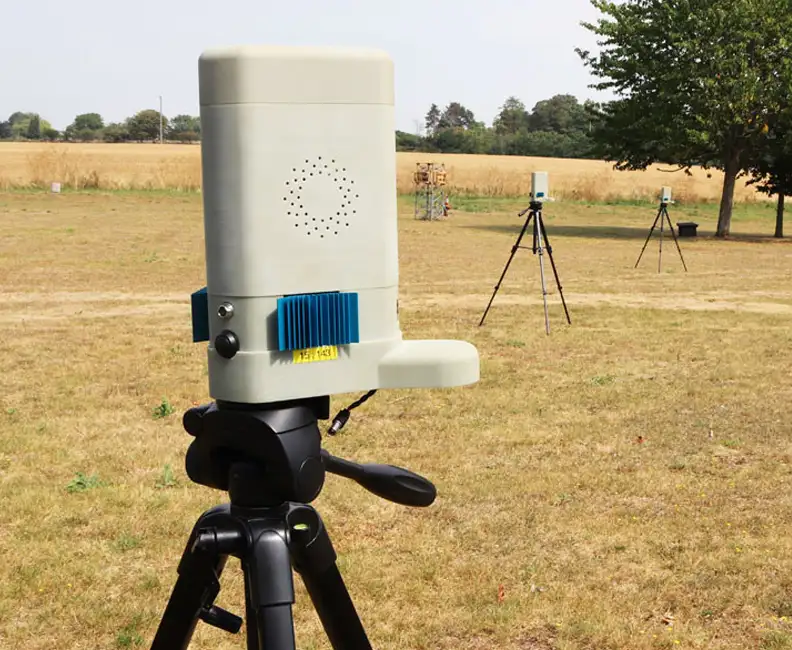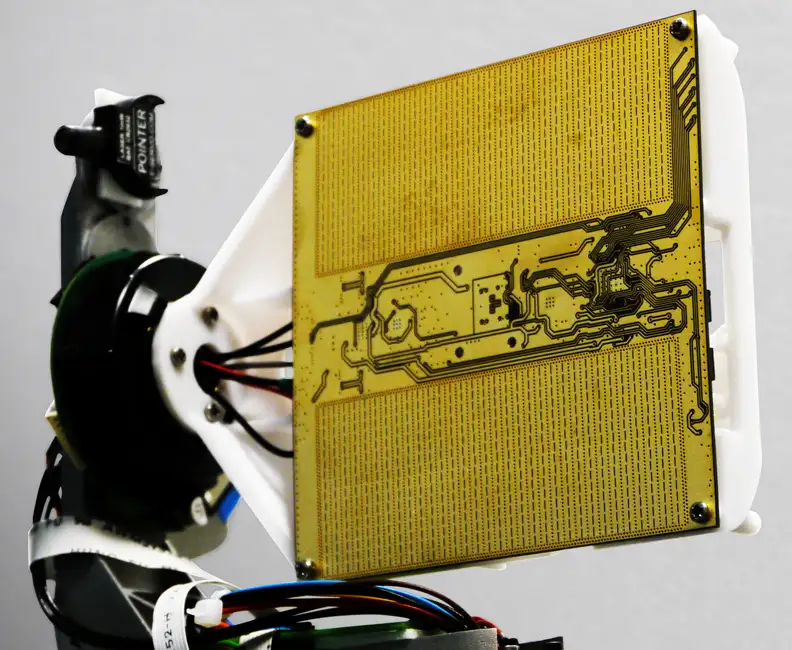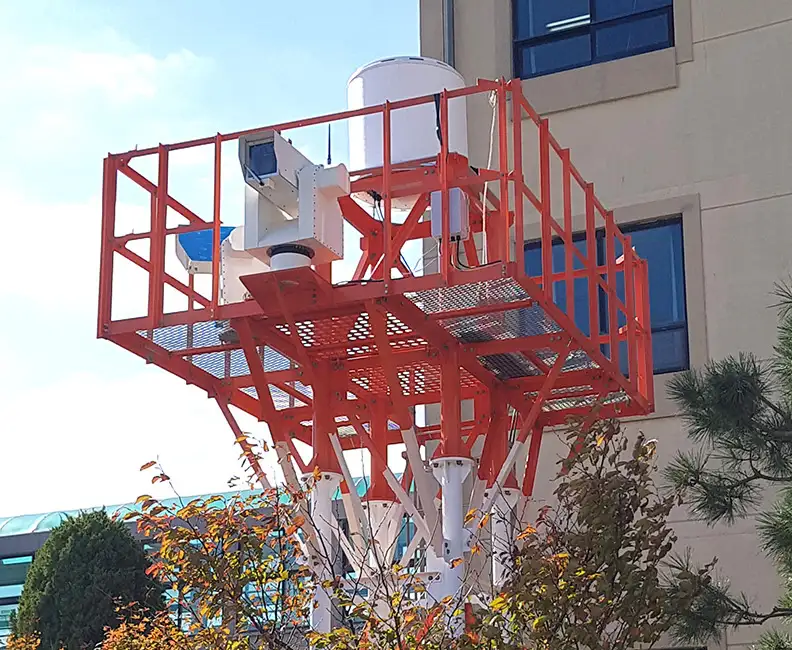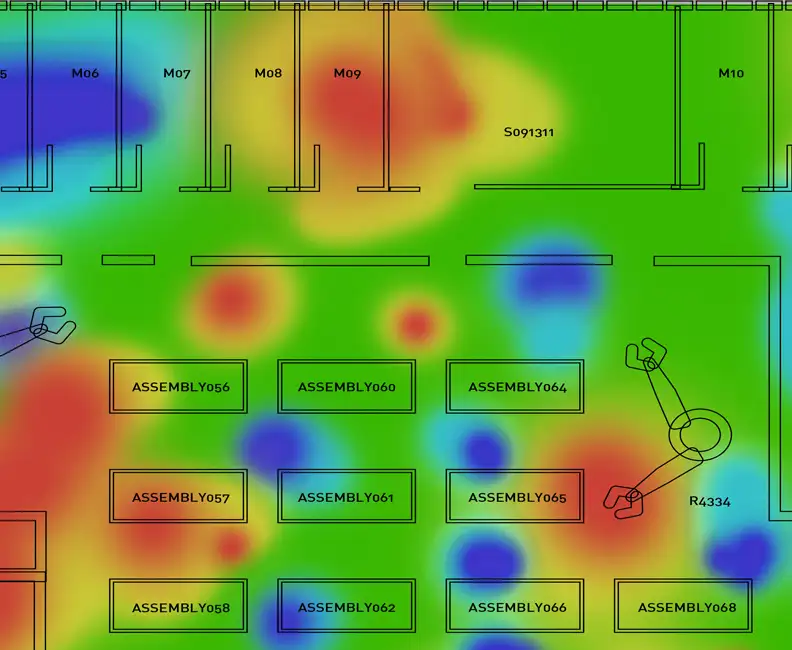Plextek and Texas Instruments: Optimizing mmWave radar capabilities to solve key design challenges
Over recent years, Texas Instruments (TI) and Plextek have developed a collaborative relationship focused on advancing radar technology. Plextek, specializing in radio-frequency (RF) engineering, integrated TI’s technology into its radar designs to precisely detect objects at long ranges, offering reliable and high-performing radars, outperforming traditional technology, and aiding the ability to customize solutions to accommodate the needs of each customer.
Cutting-Edge Research and Development
With the recent expansion and growth in millimeter-wave (mmWave) technology, as well as the number of applications using radar, TI continues to offer devices that help push the barrier of what is possible in sensing technologies. For example, the replacement of 24GHz radar sensors with products such as TI’s IWR mmWave radar sensor portfolio in the 60GHz and 77GHz bands delivers higher resolution, improved accuracy, and smaller form-factor devices that help solve today’s sensing challenges.
The 60GHz and 77GHz radar bands have enabled new applications such as child presence detection in vehicles and elderly fall detection in hospitals. High-performance 60GHz and 77GHz system-on-a-chip (SoC) sensors have traditionally been limited in applications with tight power consumption budgets. New TI radar sensors consume less power, given their low-power architectures, and can enable built-in sleep modes and efficient duty-cycling operations. TI’s low-power radars can enable a sensing system to detect motion and intelligently decide when to act within a power budget of <5mW. This capability can bring high-performance radar sensing to battery-powered and limited-line-power applications where it was not previously possible.
TI has long been recognized as a go-to resource for businesses seeking RF sensor solutions. When a company approaches TI with unique RF sensor requirements that cannot readily be delivered off-the-shelf, TI will often introduce them to Plextek. Together with the client, TI and Plextek work to create a customized solution to address these specific needs.
Plextek conducts cutting-edge R&D for a variety of partners, continuously seeking innovative ways to repurpose existing equipment and explore what can be done at low size, weight and power (SWaP). This includes monitoring developments in hardware such as SoC, software-defined radios and advanced semiconductor technology. By adapting TI’s portfolio of mmWave radars, Plextek has been able to create solutions that push the barriers of what is possible in sensing technologies.
“The collaboration between TI and Plextek has already been successful for a wide array of applications, including navigation hardware, autonomous vehicle use cases, medical systems, agricultural sensors, and space-based applications. TI has developed high-performance mmWave solutions suitable for a broad range of applications,” said Yariv Raveh, Vice President and General Manager, Radar Sensors at TI, “which Plextek and TI can effectively customize to meet a client’s highly specialized requirements.”
Plextek’s module harnesses the TI IWR6843 in its PLX-T60 devices, enabling the use of the full 4GHz bandwidth and different fields of view in both 2D and 3D, while also providing multiple antenna patterns that can help provide high gain with either wide or narrow beamwidths.
“TI’s expertise in developing analog and embedded processing chips provides a great foundation for Plextek’s antenna upgrades, leading to a reliable and high-performing low-SWaP radar. For a long-range variant, Plextek upgraded the antenna and replaced the low-noise amplifiers with higher performing ones,” said John Markow, VP of innovation for Plextek. “This upgraded radar can detect a person walking at 200m.” Plextek has integrated this technology into a perimeter security radar unit to monitor intruders at sensitive sites.
Improvement in detection range:
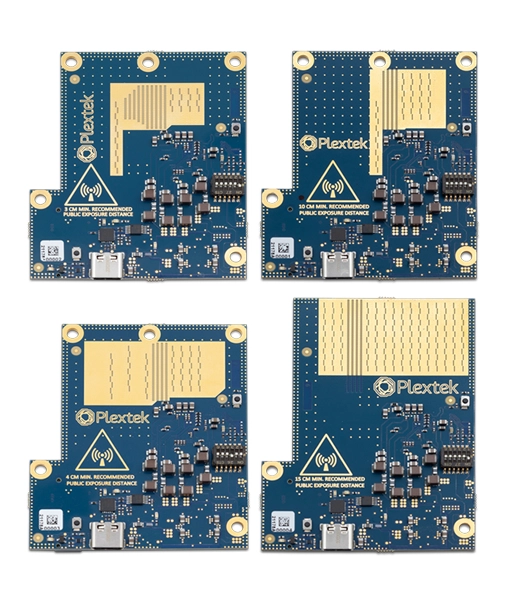
Plextek recently enhanced the antenna for the wide field-of-view version of the IWR6843, enabling the radar to detect objects at a wide range of angles. The company has also pioneered radar designs capable of detecting objects at closer ranges than competing radar systems.
“It may sound odd, needing to detect a target at a few centimeters,” Markow said, “but for many autonomy tasks, a piece of equipment that is moving on its own operates in close proximity to other equipment or people. In these cases, a few centimeters may mark the boundary between an acceptable and unacceptable operational distance.” Plextek’s radars can operate accurately and precisely enough to enable these proximate, autonomous operations.
“Through the combined expertise of TI and Plextek, creating new applications specific to customer use cases is simple,” Raveh said. “Antenna design is a challenging aspect of radar sensor-based systems, helping determine performance factors such as maximum range and field of view. Plextek helps remove this barrier and allows engineers with minimal RF experience to reduce overall design time.”
Clients can take advantage of TI’s IWR6843, open-source software, and training videos available through TI’s Radar Toolbox and mmWave Radar Academy. This, along with access to TI’s design engineers, helps customers get acquainted with radar technology as a whole and understand the features possible.
The collaboration between TI and Plextek has not only led to the creation of custom radar solutions with unique features for clients but has also showcased the power of leveraging expertise to drive successful projects. This collaboration provides benefits such as introducing innovative products to market and expanding radar capabilities to achieve high levels of client satisfaction and positive project outcomes.
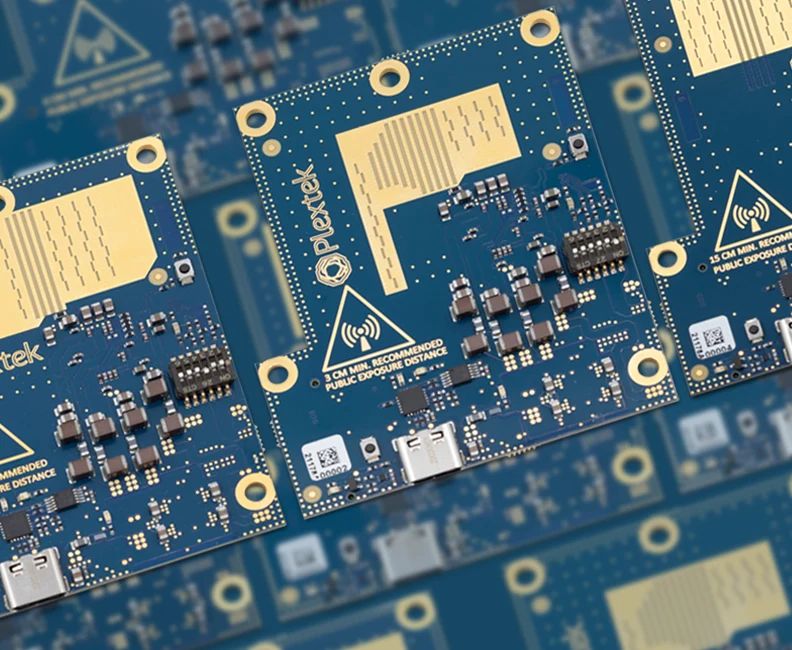
Customize your TI mmWave Radar
Looking to customise your TI mmWave Radar? You're in the right place.

Configurable mmWave Radar Module
Plextek’s PLX-T60 platform enables rapid development and deployment of custom radar solutions at scale and pace.
Technology Platforms
Plextek's 'white-label' technology platforms allow you to accelerate product development, streamline efficiencies, and access our extensive R&D expertise to suit your project needs.
-
01 Configurable mmWave Radar ModuleConfigurable mmWave Radar Module
Plextek’s PLX-T60 platform enables rapid development and deployment of custom mmWave radar solutions at scale and pace
-
02 Configurable IoT FrameworkConfigurable IoT Framework
Plextek’s IoT framework enables rapid development and deployment of custom IoT solutions, particularly those requiring extended operation on battery power
-
03 Ubiquitous RadarUbiquitous Radar
Plextek's Ubiquitous Radar will detect returns from many directions simultaneously and accurately, differentiating between drones and birds, and even determining the size and type of drone






